Rickets is a childhood disease caused by the lack of vitamin D, which is typically inherited. Rickets causes your child’s bones to bend and break more easily. It can be caused by a lack of vitamin D and in rare cases, it's caused by other reasons. Find out more about this Rickets disease in this article!
What is Rickets Disease?
The disease rickets damages the bones and teeth. It is caused by a lack of vitamin D, calcium, or phosphate in the body. This can lead to softening of the bones, deformities, and pain.
What are the Causes of Rickets Disease?
Rickets is a disease that affects the bones and causes them to become weak and soft. Although it can happen to adults, it happens to kids the most frequently. The cause of rickets is a lack of vitamin D, which is essential for the absorption of calcium from the diet. Vitamin D deficiency can be caused by a number of factors, including a lack of sunlight exposure, a poor diet, and certain medical conditions. Treatment for rickets involves taking supplements of vitamin D and calcium. In severe cases, surgery may be necessary to correct deformities caused by the disease.
Who is at risk for developing rickets Disease?
There are several groups of people who are at an increased risk for developing rickets. These groups include:
- infants and young children, as their bones are still developing and growing
- pregnant women and those who are breastfeeding, as their bodies need extra calcium and vitamin D to support the growing child
- people with dark skin, as they have less access to sunlight which is needed for the body to produce vitamin D
- people who don't eat enough foods that are rich in calcium and vitamin D, such as milk, cheese, yogurt, eggs, and fish
- people who have malabsorption disorders or liver disease, as these can affect the body's ability to absorb nutrients from food
If you fall into any of these categories, it's important to talk to your doctor about your risk for developing rickets. They may recommend that you take supplements or take steps to increase your exposure to sunlight.
What are the symptoms of rickets Disease?
Rickets is a disease that affects the bones and joints, causing them to become weak and soft. The most common symptom of rickets is bowed legs. Other symptoms may include:
- bone pain
- muscle weakness
- deformities of the bones and joints
- poor growth
- dental problems
If you think your child may have rickets, it is important to see a doctor so they can diagnose and treat the condition. Early diagnosis and treatment is essential for preventing complications such as deformities, joint problems, and short stature.
How is rickets Disease diagnosed?
There are a few ways that doctors can diagnose rickets. They may take a medical history, do a physical examination, order blood tests, and/or get X-rays.
- Medical history: The doctor will ask about any symptoms the child has and whether there is a family history of rickets or other bone diseases.
- Physical examination: The doctor will look for signs of rickets, such as bowed legs or a curving of the spine. He or she will also feel for any soft spots on the bones.
- Blood tests: Doctors can check for low levels of calcium, phosphorus, and vitamin D in the blood. They may also test for high levels of alkaline phosphatase. This enzyme is found in bones and helps them grow. High levels may be a sign of rickets.
- X-rays: X-rays can show how much calcium is in the bones and whether they are softening or thinning.
Below are the Lab Tests
How is rickets Disease treated?
There is no specific cure for rickets, but the disease can be treated by correcting the underlying vitamin D deficiency. This can be done through increased exposure to sunlight or artificial ultraviolet light, and/or by taking vitamin D supplements. In severe cases, treatment may also involve the use of braces or other devices to correct the deformities caused by the disease.
Can rickets Disease be cured?
Yes, rickets can be cured. Treatment for rickets usually involves taking vitamin D supplements and ensuring that you get enough exposure to sunlight. In severe cases, your doctor may also prescribe calcium or phosphate supplements.
What are the complications of having rickets Disease?
There are many potential complications associated with rickets, including:
- Deformities of the bones and joints
- Impaired growth
- Developmental delays
- Muscle weakness
- a greater chance of fractures and pain in the bones
- Dental problems
- Heart problems
- Kidney stones
How can rickets Disease be prevented?
Rickets is a disease that primarily affects infants and young children. It is caused by a deficiency of vitamin D, calcium, or phosphorus in the diet. Symptoms include bowed legs, thickening of the ankles, wrists, and knees, and an increased risk for fractures.
There are several ways to prevent rickets. First, breast milk is an excellent source of vitamin D and should be the primary source of nutrition for infants under 6 months old. Second, after 6 months of age, infants should receive 400 IU (10 mcg) of vitamin D per day through fortified foods or supplements. Third, children and adults should consume foods that are rich in vitamin D such as fatty fish, eggs, and mushrooms. Finally, exposure to sunlight is also an important way to maintain adequate levels of vitamin D.
How long will your child have rickets Disease condition?
While the exact duration of rickets varies depending on the individual case, most children will make a full recovery within a few months to a year with proper treatment.
The severity of rickets depends on the age of the child when the condition starts, as well as the underlying cause. In most cases, rickets can be effectively treated with vitamin D supplementation and increased exposure to sunlight. However, in severe cases, surgery may be required to correct deformities.













 7982100200
7982100200



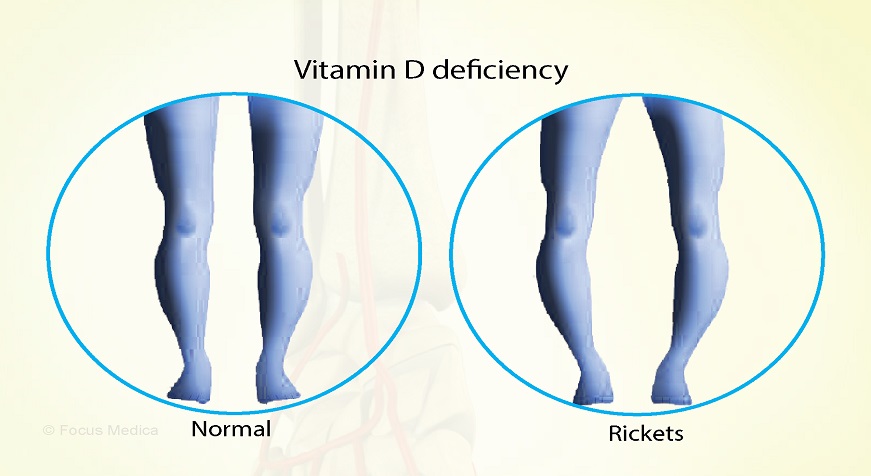
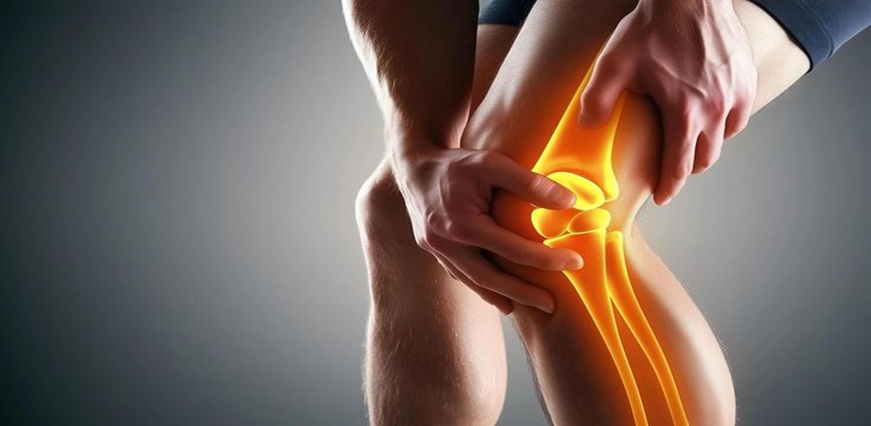

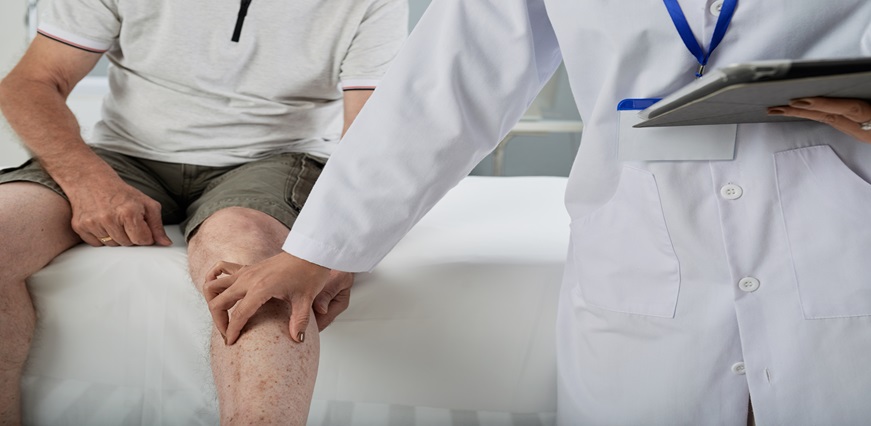


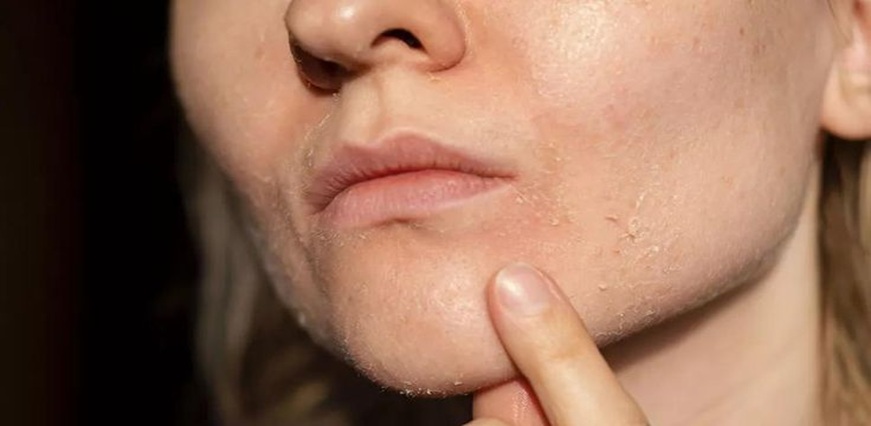
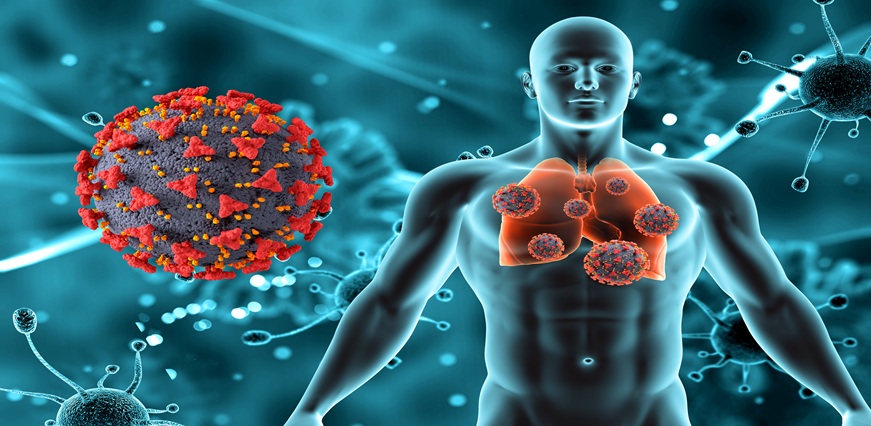
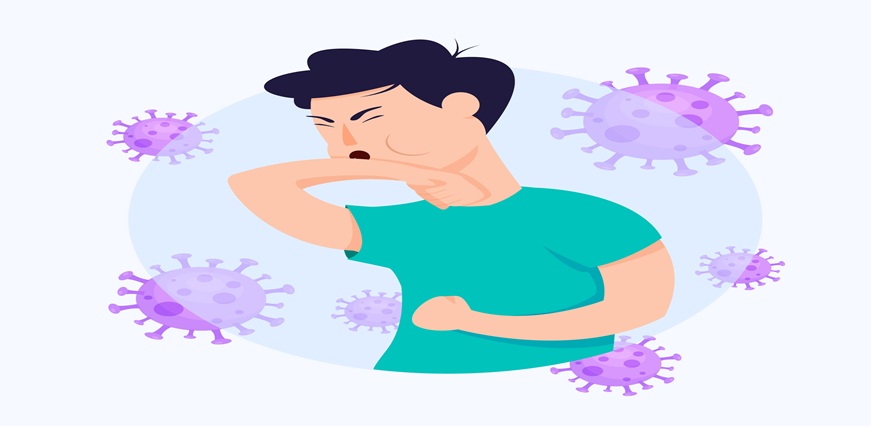











 To reach our help desk call 9213188888
To reach our help desk call 9213188888.png)
Comments